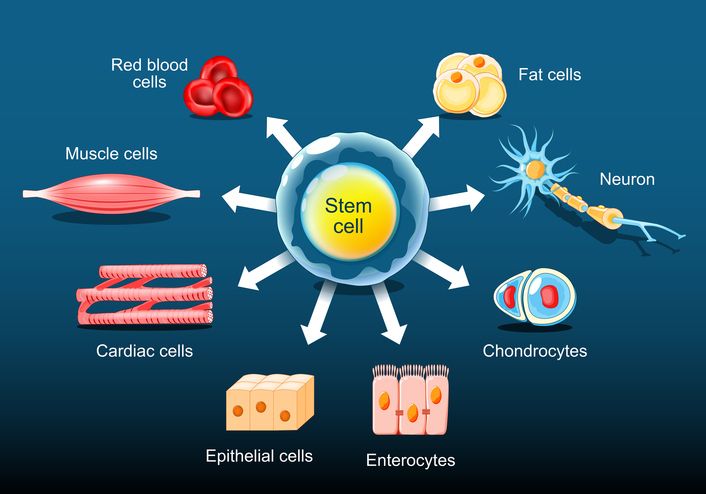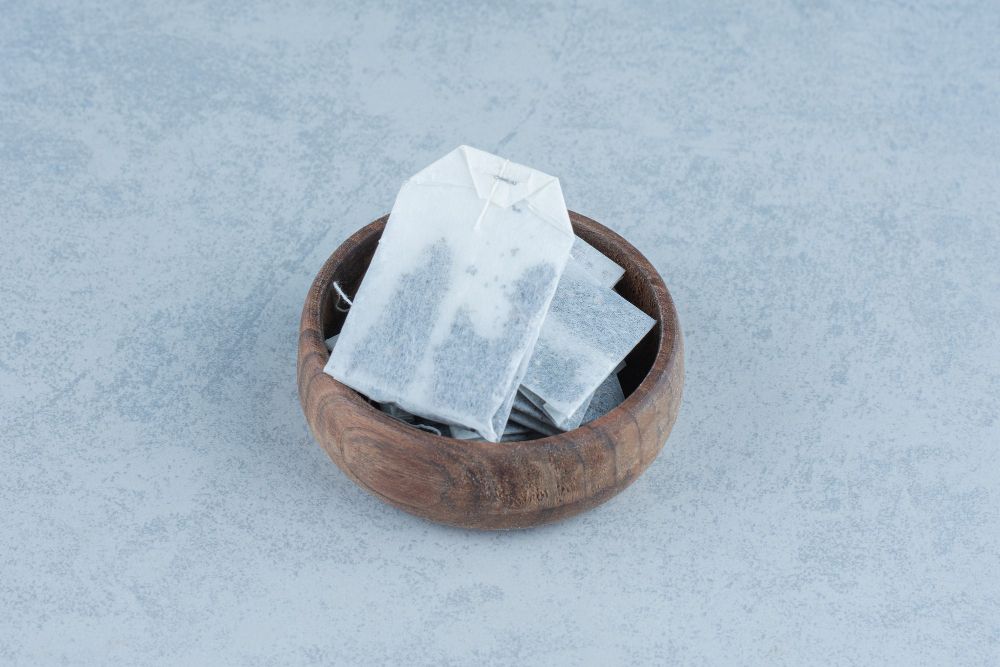
Book Now to Experience
Acne Treatment
1 Minute Self-Registration
Date should not be before minimal date
Author: Natalie Ng|17 April 2025
Chemical peels are an effective treatment for transforming your skin by removing damaged outer layers and exfoliating dead skin cells. After a chemical peel, you’ll notice an immediate glow, while more significant improvements like smoother skin, reduced pigmentation, and diminished fine lines become visible within one to three months. Chemical peels are ideal for addressing issues like acne scarring, sun-damaged skin, rough skin, age spots, and fine wrinkles. While some mild stinging and temporary redness are common, following the proper aftercare routine ensures maximum results and helps your skin heal effectively.

1
Process of Chemical Peels
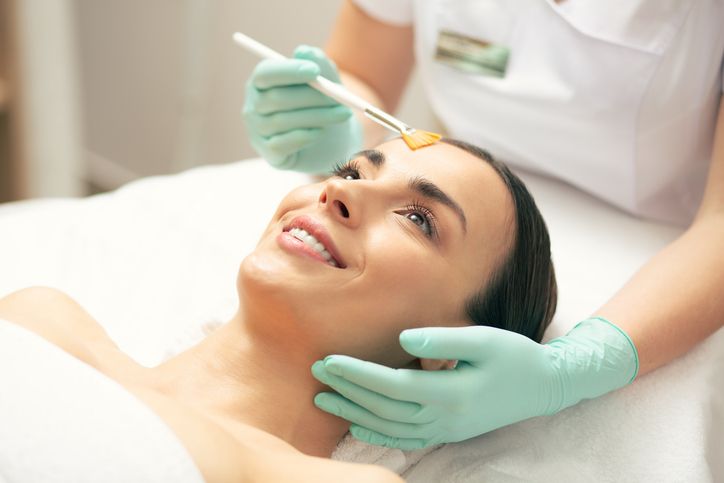
The Chemical Peel Procedure

2
Types of Chemical Peels: Professional vs. At-Home Peels
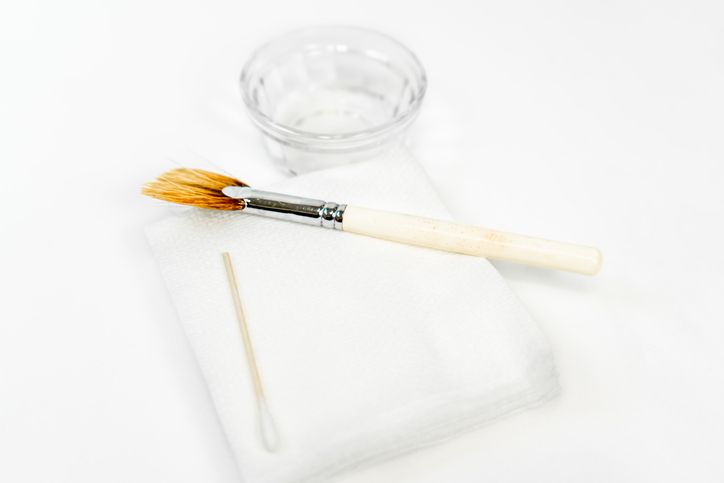
Professional Peels:
At-Home Peels:
Choosing Peel Strength Levels
Factors Affecting Peel Effectiveness
Read More

3
What Happens After A Chemical Peel?
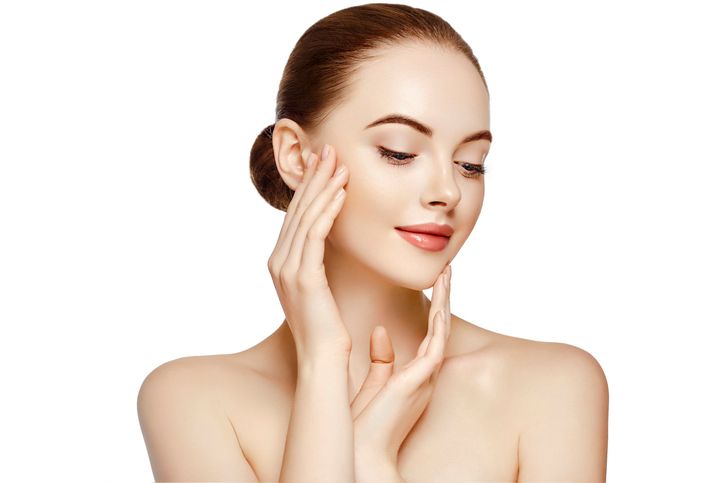
Expected Results
Short-Term Changes
Recovery and Healing Phases
Long-Lasting Improvements

4
Prepare for Your Chemical Peel Treatment
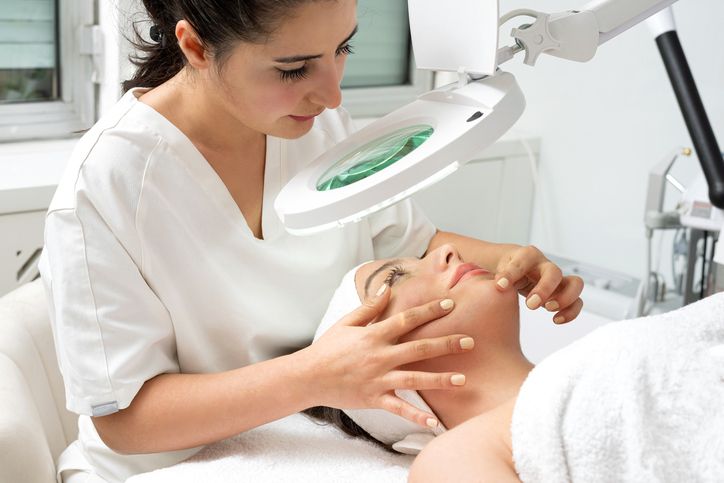
Pre-Treatment Skincare Guidelines
Timing Your Peel
Consult a Skincare Professional
Avoid Harsh Skin Treatments Before Your Peel
What Should You Do On The Day Of Treatment?

Book Now to Experience
Acne Treatment
1 Minute Self-Registration
Date should not be before minimal date

5
Effective Healing Tips For Your Skin After The Treatment
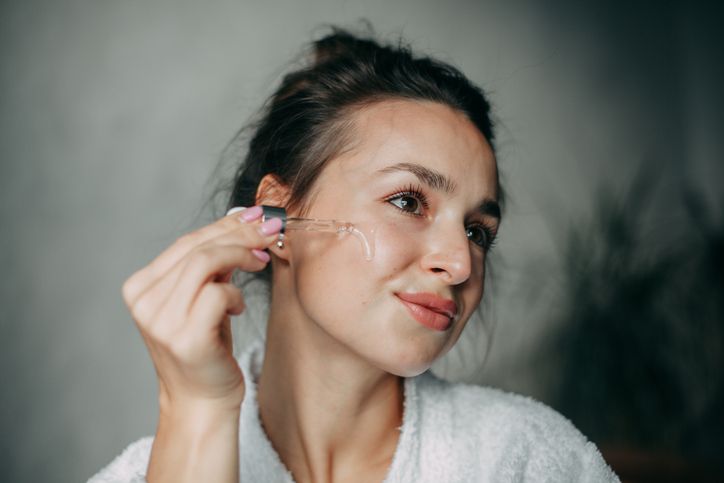
Time Needed For Recovery
Tip 1: Post-Treatment Skincare
Tip 2: Avoid Certain Activities During Recovery
Tip 3: Managing Side Effects Effectively
Tip 4: Promote Skin Renewal
Tip 5: Avoid Complications

6
How to Maintain the Effects of Chemical Peel?

1. Follow-up Treatments
2. Use Gentle Skincare Products
3. Consistent Skincare Routine
4. Protect Your Skin from the Sun
5. Modify Lifestyle Habits for Skin Health
Read More

7
New Beauty’s Acne Treatment: Enhance and Maintain the Effects of Your Chemical Peel

What is Acne Treatment?
How Acne Treatment Works
Benefits of Acne Treatment
How Acne Treatment Helps Maintain the Results of a Chemical Peel
Who is Suitable for Acne Treatment?
How Many Sessions Will You Need?
Is There Any Recovery Time?
FAQ
Can I Get a Chemical Peel While Pregnant or Breastfeeding?
You shouldn't get chemical peels during pregnancy or while breastfeeding due to potential risks to your baby. The chemicals can enter your bloodstream and affect fetal development, while pregnancy hormones make your skin more sensitive to treatments. If you need skin treatment, consult your healthcare provider about safer alternatives like gentle glycolic acid or vitamin C serums during these sensitive periods.
How Long Should I Wait Between Getting Multiple Chemical Peels?
Just as a garden needs time between plantings to nurture new growth, your skin requires appropriate intervals between chemical peels. You'll need to wait 1-4 weeks between superficial peels, 6-12 weeks for medium peels, and at least 6 months between deep peels. Your specific waiting period depends on the peel's intensity, your skin's healing response, and your treatment goals.
Will a Chemical Peel Make My Skin More Sensitive to Medications?
Yes, chemical peels can make your skin more sensitive to medications, particularly during the healing period. You'll need to avoid certain medications, including topical retinoids, antibiotics like Doxycycline, and acne treatments containing benzoyl peroxide for at least two weeks after your peel. If you're taking Accutane, you should wait at least six months after discontinuing it before getting a chemical peel, as it can substantially increase your skin's sensitivity and risk of complications.
Can I Combine Chemical Peels With Other Cosmetic Treatments Like Botox?
You can safely combine chemical peels with Botox, but timing and sequence are essential for ideal results. It's recommended to get your chemical peel before Botox treatment, and if you're getting Botox first, wait 1-2 weeks before having a peel. Lighter peels work best when combined with Botox, while deeper peels should be scheduled separately. This combination can enhance your results by addressing multiple skin concerns simultaneously.
Does Insurance Typically Cover Chemical Peel Treatments for Skin Conditions?
Over 60% of insurance claims for chemical peels are initially denied due to insufficient documentation. Your insurance may cover chemical peels if they're deemed medically necessary for conditions like acne, hyperpigmentation, or precancerous lesions, but won't typically cover cosmetic treatments. You'll need proper documentation from a licensed healthcare provider, and your plan might require trying other treatments first. Coverage often depends on your specific diagnosis and plan details.

Book Now to Experience
Acne Treatment
1 Minute Self-Registration
Date should not be before minimal date
Recommended Articles
COPYRIGHT© NEW BEAUTY MANAGEMENT LIMITED 2025. ALL RIGHT RESERVED.


